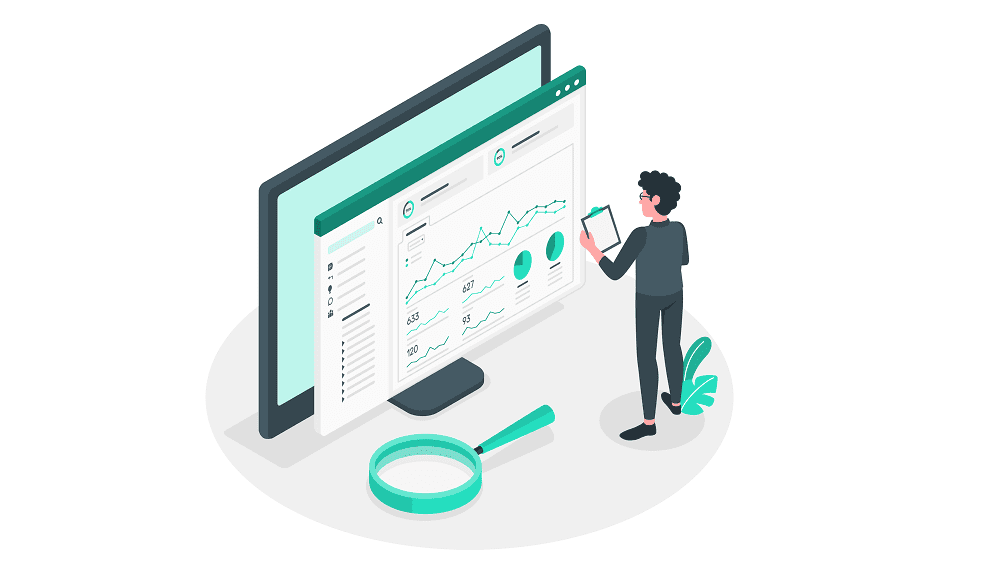Agile Analytics Driving the Adoption of Snowflake
With the ever-progressing state of business intelligence and the need for more complex systems, companies are looking for ways to develop their data management and analytics further. This desire for more agile analytics is pushing organizations toward solutions such as our partner, Snowflake.
Business has changed. The data warehouse hasn’t.
Traditional analytics are built on a legacy data warehouse (DW) platform. Development cycles are slow because the DW is often used not only for operational reporting, but also for budget, planning, and audit activity that gives the system mission-critical status. This means proposed changes must go through a number of reviews to assess and manage the impact. In other cases, the mere scale and complexity of the data warehouse limits opportunities for enhancement.
Organizations are evolving. Technical and analytical skills are developing in all departments. In recent years, we have seen changes in executive responsibilities and the emergence of the Chief Data Officer (CDO), separate from the CTO or CIO. There are technical factors as well, such as cloud-based tools and platforms following the availability of new data sources and streams from which to populate them.
Snowflake is a modern data warehouse solution.
The Snowflake virtual data warehouse is an Infrastructure as a Service (IaaS) offering centered on a fully-compliant SQL database that was designed from the bottom up for the cloud. This allows for flexibility and scalability without much administration by the customer. Storage and processing are allocated (and priced) separately just as they are decoupled in the architecture.
Elasticity on demand is one of the most valuable benefits. Snowflake services can be provisioned and deployed in minutes. Processing clusters can be added with no change to the database design and, if processing demands decrease, the clusters can be decommissioned to save cost. The data in one Snowflake warehouse can be used in multiple instances (assuming the appropriate security permissions have been granted) and all processing clusters can be scaled independently.
Reduced data storage costs contribute additional ROI from a Snowflake implementation, when compared to an on-premises data warehouse, because Snowflake stores data in a compressed, columnar format. The ability to virtualize the data for simultaneous use in a number of warehouses prevents copies from taking up further space and enables data sharing without moving or copying.
Because it supports standard SQL, Snowflake works seamlessly with enterprise BI tools like Microstrategy so there is no learning curve for experienced analytics users. A number of popular data integration tools work with Snowflake such as Informatica and Azure Data Factory.
Smartbridge clients are successfully using Snowflake as a replacement for proprietary analytics platforms like Netezza (especially now that IBM has ended support) or to modernize their on-premises data warehouse. Further use cases include data exploration and product development.

Agile analytics enables self-service development and faster results.
Business decision-makers have access to vast amounts of information that aren’t necessarily in a form conducive to deep analysis. The challenges could be related to structure (or lack thereof), granularity, or quality, among others. Simply put, they want to quickly set up an environment to interrogate their data, to determine whether it has enough value to justify a more robust initiative. A concern many have is that they’ll spend too much time on data preparation activities which would offset productivity.
Some organizations have gone to great lengths to build out the infrastructure for data science. Snowflake allows simple provisioning, elastic scalability, and integration with familiar tools. This shortens the setup time and reduces the effort to take a project from concept to design to delivery.
Agility is a shift away from the status quo. To remain competitive, people acquire and analyze data in the same dynamic manner as they make decisions. Businesses need to be agile to uncover and understand new market opportunities. Working outside the constraints of the data warehouse environment does require analysts to develop skills and processes to ensure their conclusions are based on solid design principles and best practices. Smartbridge can help with planning and technical guidance.
Keep Reading: Modern Cloud Data Warehousing with Snowflake
Looking for more on agile analytics?
Explore more insights and expertise at smartbridge.com/data
There’s more to explore at Smartbridge.com!
Sign up to be notified when we publish articles, news, videos and more!
Other ways to
follow us:


